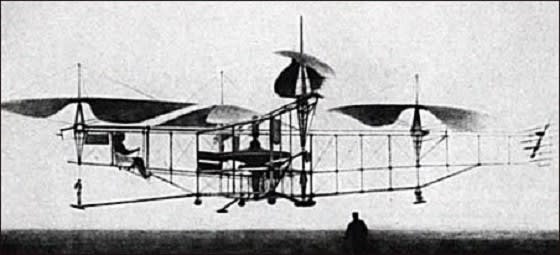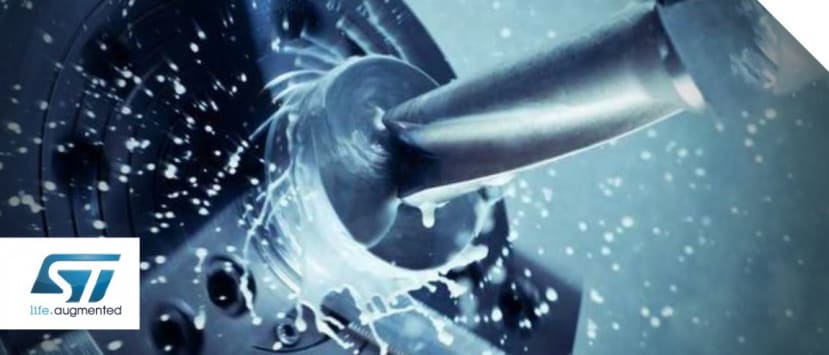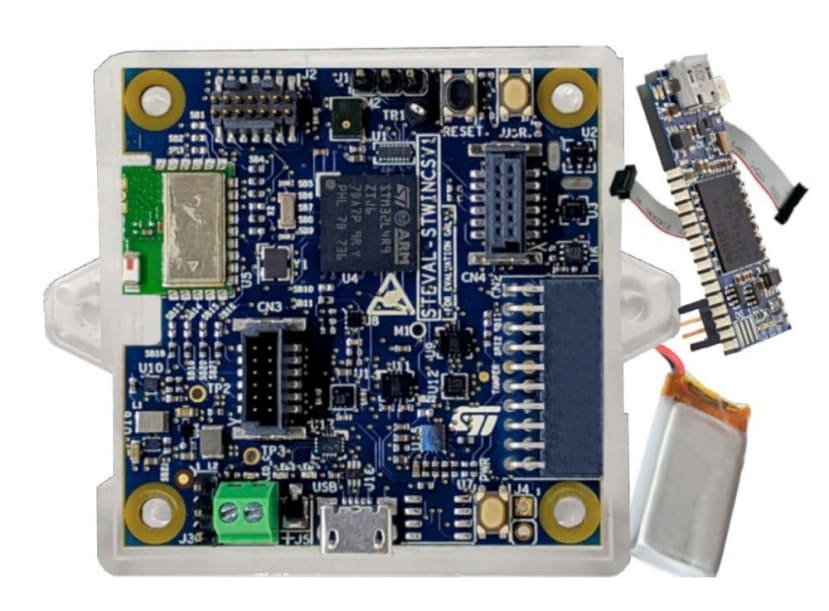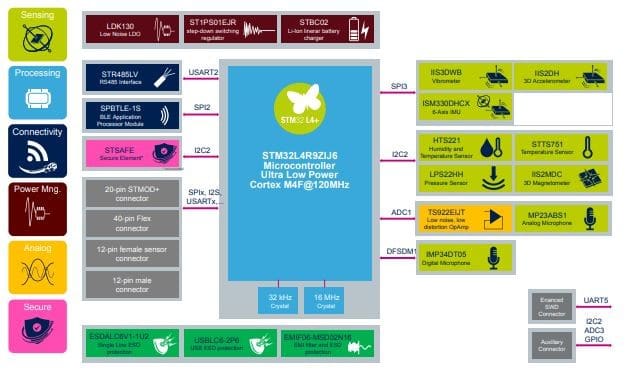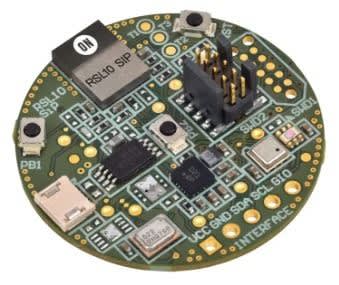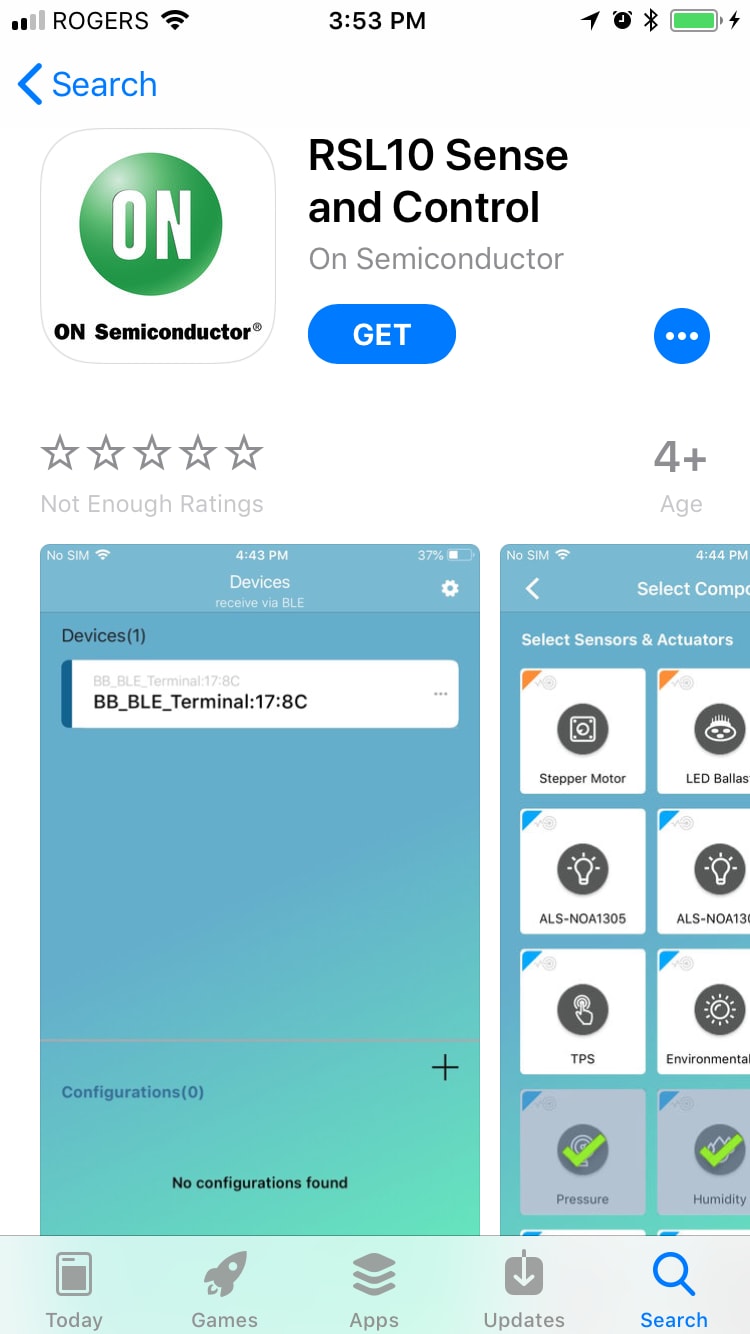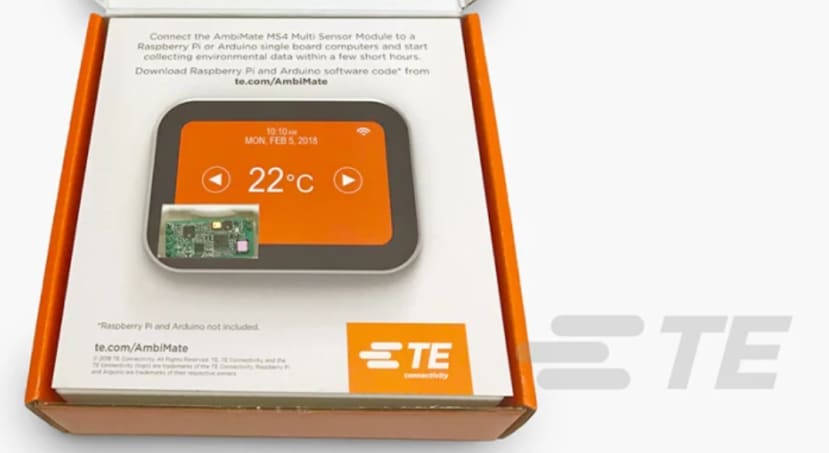Fast track your industrial sensing application using a sensor development kit
Follow articleHow do you feel about this article? Help us to provide better content for you.
Thank you! Your feedback has been received.
There was a problem submitting your feedback, please try again later.
What do you think of this article?
Sensing the analogue world
Our world is full of environmental conditions. Air pressure, temperature, and humidity are probably the ones we would most frequently think about, but there are many more. Sensors play a vital role in measuring our analogue world and converting the measured information into a digital equivalent. The smartphone in your pocket contains many types of sensors, some of them present the data through apps – your daily step counter, for example – while others serve to protect and manage your phone's operation. If you leave your smartphone in direct sunlight for too long, a temperature sensor starts to shut the phone down until it has cooled down sufficiently to operate again.
Within the industrial domain, sensors are an essential element of every process automation system. Sensors provide the feedback and monitoring inputs to control applications without which they couldn't function. For example, if you need to move an industrial robot arm to a specific position, you need to know where it currently is, and the orientation of an attached effector tool, so that you can send the motor motion instructions.
Sensor categories and basics of operation
There are many different categories of sensors, and typically these relate to the physical, motion, or chemical characteristic they are sensing. Some sensors are passive, meaning that they exhibit an electrical property that changes proportionally to the measured condition without any applied input voltage. These are typically analogue sensors such as a light-dependent resistor (LDR) that changes its resistance according to the amount of ambient light. An active sensor, also termed digital sensor, requires a power supply to conduct measurement and usually incorporates circuitry to convert an analogue value into a digital representation and then transmit it to a host microprocessor for subsequent processing. Most digital sensors comprise an analogue sensing element, such as a thermistor or micro-electromechanical element (MEMS), an analogue front end (AFE) to provide signal conditioning and use an analogue to digital converter (ADC) to convert the output to a digital signal. A digital serial interface such as I2C, UART, or single-wire communicates the information from the ADC to the control application.
Physical properties include temperature, air pressure, applied force, humidity, ambient light, and touch. Motion sensing can involve movements such as acceleration and deceleration in three axes, the Earth's magnetic field, distance, rotation, proximity, and fluid flow. Chemical sensors include smoke, gas, and alcohol.
Many sensor-based control systems require inputs from multiple sensors to determine, for example, in real-time a 3D position of an industrial robot's arm and the speed it is moving relative to the precise point it is heading. Sensing from multiple sensors of the same type also yields greater accuracy when precision placement is required. Combining numerous sensor outputs in this way is termed sensor fusion. An example is combining the outputs of a 3D accelerometer and a 3D gyroscope to create an inertial measurement unit sensor. For a detailed description of how sensor fusion works in practice read this article called Noise, Sensor Fusion and Lost Drones from Bill Marshall.
Industrial applications using sensors
Industrial sensing applications are many – for example, controlling the temperature of air blast freezers on a food production line. Sensors also monitor the condition of the production plant as part of a predictive maintenance regime. See this article on How to build your first Predictive Maintenance prototype?
Predictive maintenance involves continually monitoring plant assets, such as motors, actuators, and rollers for signs of wear. Conditional monitoring is an established practice among maintenance engineers and is used to detect early signs of impending failure. For example, drive shaft ball bearings wear with constant use and applied forces. As the metal balls within the bearing race wear down, the rotational noises they make change sufficiently to be detected. Also, since the bearing wear allows tiny changes to the shaft's rotational movement, vibrations occur. Both these wear characteristics, vibration and audible noise, can be sensed by different sensors. A vibration sensor is a low noise MEMS sensor with a high bandwidth capability optimized to detect high-frequency noise indicated bearing wear. A digital MEMS microphone can provide a wide bandwidth audio signal that is interpreted by a machine learning application trained to identify bearing noise. Directly mounting the sensors on the motor's casing is recommended.
Another example involves the use of a highly accurate temperature sensor to monitor and control the operation of an enrobing machine on a confectionary production line. Above the nominal operating temperature, the chocolate flow is too quick, resulting in an erratic pattern; too cold a temperature can cause a blockage and stop the process.
Designing an industrial sensor application
When embarking on the design of an industrial application requiring one or more sensors, the use of a fully featured embedded sensor development kit can save considerable time. Rather than learn how to interact with the sensors and interface it to a host microcontroller, a development kit has one or more sensors already integrated on a single board. MEMS motion sensors are sophisticated devices, and it can take time to develop driver code to obtain the desired motion detection outputs from scratch. However, most sensor development kits come equipped with a comprehensive set of libraries, drivers and example code to get a functional prototype operating quickly.
STMicroelectronics
STEVAL-STWINKT1
An example is the low power STMicroelectronics STEVAL-STWINKT1 SensorTile Wireless Industrial Node, (193-9794) this was originally covered in a previous post called STMicroelectronics launch sensortile for iot on DesignSpark. Based around at STM32L4R9 32-bit Arm Cortex-M4 microcontroller with a floating-point unit (FPU) running at 120 MHz, there are a total of nine embedded industrial-grade sensors (see Figure 1) included on the board. Sensors include the STM IIS2DWB, a low-noise, 6 kHz 3-axis digital vibration sensor, an STM IIS2MDC, an ultra-low-power 3-axis magnetometer, and the ultra-compact STM HTS221 relative humidity and temperature sensor.
Figure 1 - A functional block diagram of the STMicroelectronics STEVAL-STWINKT1 illustrating the main functions and sensing elements (source STMicroelectronics)
The STWIN includes Bluetooth Low Energy wireless communications in addition to wired RS485 and USB OTG connectivity. An expansion module is available to add a 2.4 GHz Wi-Fi interface.
The development kit is ideal for quickly prototyping ultra-low-power condition monitoring and predictive maintenance applications. The sensors allow 9-DoF very high-frequency vibration analysis together with audio and ultrasonic analysis capabilities. Precision combined temperature and humidity sensors complete the list of sensor functions.
STMicroelectronics provides a comprehensive suite of supporting toolchains and board support packages, such as the STM32Cube ecosystem, and the STM32CubeIDE. Sensor support libraries include the STM-XCUBE-MEMS series and include files and hardware abstraction level (HAL) functions.
Complete example applications are also available for download from the STMicroelectronics website. These include the STSW-STWINCELL, a cellular-to-cloud connectivity software package for use in industrial IoT designs and the STSW-STWINKT01, a high-speed data logging program.
In addition to the code examples, the hardware configuration of the STWIN board includes several power-management features and test points that aid profiling an application's power consumption. Full PCB layout files, BOM, and circuit schematics are available for download from the STMicroelectronics website.
onsemi
Another sensor development kit is the onsemi RSL10-SENSE-GEVK sensor development kit (189-0270) covered recently in this unboxing video. The RSL10-SENSE-GEVK (see Figure 2) is designed as a battery-operated reference design preloaded with a sensor-to-cloud Bluetooth Low Energy application. Six onboard sensors provide ambient light, environmental, 9 degrees of freedom (9DoF) – three-axis acceleration, gyroscope, and magnetometer – and an ultra-low power digital microphone. Software support includes an Eclipse-based IDE, code examples, and a J-LINK debugger. The host processor is an ON Semiconductor RSL10 low power Arm Cortex-M3 Bluetooth SoC.
Figure 2 - The onsemi RSL10-SENSE-GEVK sensor development kit (source onsemi)
An app provides a quick and convenient method of attaching to the development kit and displays data from all the board's sensors (see Figure 3). More information here.
Figure 3 - The onsemi smartphone app connected to the RSL10-SENSE-GEVK. (source onsemi)
TE Connectivity
For sensing environmental parameters, the TE Connectivity AmbiMate MS4 sensor module development kit (187-6131) provides a quick and simple way of prototyping a design capable of measuring ambient light levels, motion detection, temperature and humidity, view the AmbiMate training course Ambimate Sensor Module MS4 Training. See Figure 4.
Figure 4 - The TE Connectivity AmbiMate sensor development kit using the MS4 sensor module. (source TE Connectivity)
The AmbiMate MS4 is a complete integrated module that connects to a host single-board computer via I2C and GPIO. Unlike the STWIN and the RSL1--SENSE-GEVK, the AmbiMate MS4 cannot be programmed, so the prototyping focus is on the application development. Motion detection uses an onboard PIR sensor that drives a GPIO pin, and the temperature, humidity and ambient light level data are accessed via the I2C interface. Free application code examples for the Raspberry Pi (Python), and the Arduino (C/C++) provide easy access to the AmbiMate sensor's functions. Details on how to update the firmware of the AmbiMate's Microchip PIC microcontroller are found in the software development kit instructions.
AmbiMate MS4 sensor options include the addition of a volatile organic compound (VOC) sensor, an eCO2 carbon dioxide sensor and a microphone for sound detection.
TE Connectivity sensors for IIoT applications was recently covered in this DesignSpark article Reliable sensors for IIoT from TE Connectivity.
Conclusion
Sensors are an essential element of every industrial application. They provide the control and monitoring systems with the vital information they need to make real-time decisions. Sensors make industrial operational effectiveness and smart factory initiatives such as Industry 4.0 and the Industrial Internet of Things (IIoT) possible.
As machine learning becomes more prevalent within industrial process control, sensors become even more important. Neural network algorithms are becoming increasingly adept at inferring conclusions from multiple input sources. Multi-modal sensor fusion, for example, aggregating data from MEMS-based 9-DoF sensors, video cameras, and digital microphones, through the use of machine learning, promises to deliver real-time operational efficiency improvements in fast-moving industrial processes.
See more on industrial sensing at RS by clicking below.


